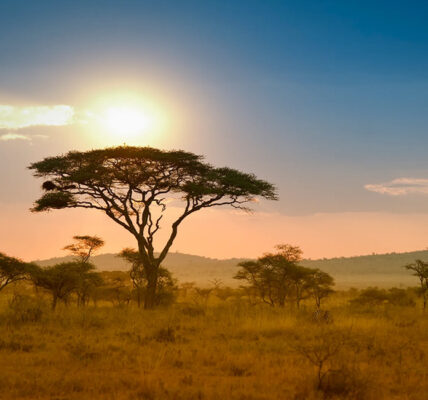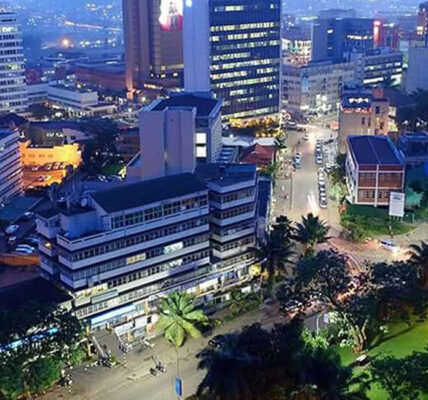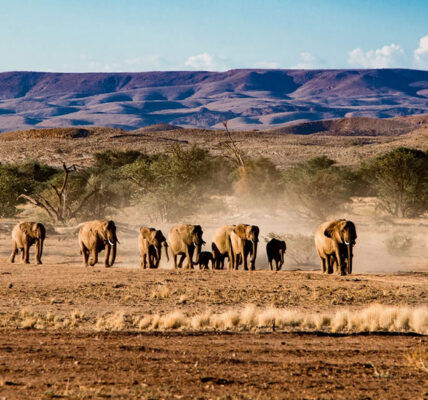Did you know that every day is a primate day while on a safari in Uganda? Below we have listed the top ten primates you should look out for while on safari in Uganda – the primate capital of the world!
- Black-and-white colobus monkey

Locally known as ekiremu, enjeya, and engeye, this is one primate that lacks thumbs. The deformity makes it vulnerable to accidents, especially while making sky jumps. Babies are born white and they change colour at three months. These monkeys’ preference for young leaves, with a daily intake of 2-3 kilograms, makes them easy to find along the forest edges in Uganda.
- Ugandan red colobus monkey

With males weighing up to 13 kilograms and females up to 9 kilograms, these monkeys will fight to defend their territory against intruders and predators, such as the African crown eagle, mountain buzzards and chimpanzees. It’s commonly found in Kibale Forest National Park and Bigodi Wetland Sanctuary.
- Ugandan red-tailed monkey and blue monkey
Locally known as enkunga, these are one of the smallest monkeys with white hairy cheeks and a white heart-shaped nose. They can be found in Kibale, Queen Elizabeth National Park and Bwindi Impenetrable Forest National Parks. The blue monkeys are not necessarily blue, but mostly black with a blue-grey or silver-grey back.
- Golden monkey

Did you know that golden monkeys are endemic to the Virunga massif? This is a large geographical area that contains a chain of eight volcanoes that span three countries, including Uganda’s Mgahinga Gorilla National Park. Golden monkeys prefer to move and sleep high in the bamboo forests.
- Grey-cheeked mangabey
Commonly seen at Bigodi Wetland Sanctuary, Kibale Forest, Semliki Wildlife Reserve and Bwindi Impenetrable Forest National Park, mangabeys have specialised cheek pouches enabling them to quickly fill up their mouths as they forage for food. Mangabeys communicate by slapping their lips together while shaking their heads.
- Olive baboon
Locally known as enkobe, these guys are probably Africa’s most destructive animals to human crops. Baboons and mangabeys have dog-like snouts, though baboons prefer to move on the ground while mangabeys stay up high in the tree branches.
- Patas monkey
Patas monkeys live in big troupes of between 30 to 50 individuals. The chances are high to see these monkeys in their hundreds on a game drive while in Murchison Falls National Park.
- L’hoest monkey
These are shy, terrestrial monkeys who are classified as vulnerable on the IUCN list. It’s common to find group members bonding with the young and grooming each other along forest trails in Bwindi Impenetrable National Forest Park.
- Chimpanzee

These primates are the closest to humans, sharing 98.7% of our DNA. Uganda’s Kibale Forest National Park probably offers the highest concentration of chimpanzees in the region. Spend a day with the chimpanzees to see how they bang tree stems to communicate with each other .
- Mountain gorilla
Known as engagi, the number one highlight of a trip to Uganda is to see the mountain gorillas. Interestingly, humans share 97.% of their genes with these gentle giants.
Make sure to drop this in your bucket list and get in touch with Gorilla Encounters to find out more about these fascinating primates on your next trip to Uganda.




